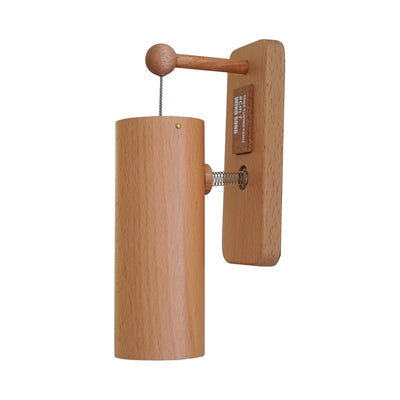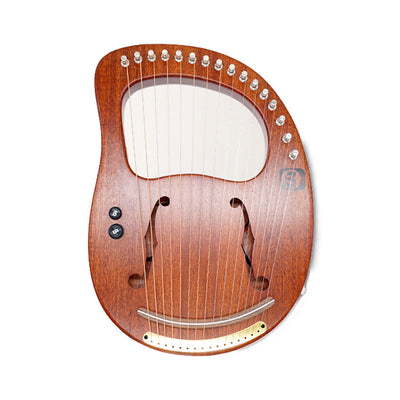6 Top Tips to buying a handpan
We've handled and sold countless handpans, and we are in close partnerships and communication with handpan makers worldwide. Compared almost all brands of handpans in the world. We launched our own team of outstanding craftsmen. we are confident to share with you 6 TOP TIPS for selecting your perfect handpan.
- Material: The material of your handpan is crucial for achieving your desired sound. Depending on the sustain, vibration, and touch sensitivity you're looking for, you can opt for Ember Steel, Stainless Steel, or Nitrided Steel. Consider your musical preferences, including the rhythm and style of the pieces you intend to play, when making your choice.
-
Coating (No painting/Plating): The coating on a handpan's surface can significantly influence its sound. While some handpans boast flashy and eye-catching designs, their sound might feel "off." "strange".
Some brands foucus on offer these flamboyant models. multicoloured. The half cost of handpan lies on the surface appearance. However, nature offers an alternative! During production, high temperature naturally generate fascinating colours as well as the most pristine sound! - Thickness: Thickness plays a key role in balancing durability with sound quality. Thicker materials can result in a dull, muffled sound and may be harder to tune. Thickened styles may not be sensitive. Conversely, thinner materials might produce a sound that’s too light and airy. Aim for a balanced thickness to ensure optimal sound.
- Chamber volume: The volume and shape of the handpan's chamber impact its resonance and overall sound quality. the height of handpan. Tightness!
- Mass Production? Handcrafting takes time. High-quality handpans made by master artisans. Even more so! As a result, exceptional handpans are often in short supply and can't keep up with the high demand. There aren't many experienced craftsmen. They don't have much time. Whether or not a complex multi-note Handpan can be made is one of the important indicators for judging the level of an Handpan shop.
- Craftsmanship: A good handpan is a piece of art, made by experienced craftsmen!! requiring attention to detail throughout the production process. Accurate overtones. This includes meticulous craftsmanship, multiple rounds of kiln-baking, and repeated tuning to achieve an accurate and stable pitch. Kurd and Amara/Celtic Minor are popular scales. Comparison of minor Kurd and Amara/Celtic.
Unauthorized reproduction of this article is prohibited.






Leave a comment